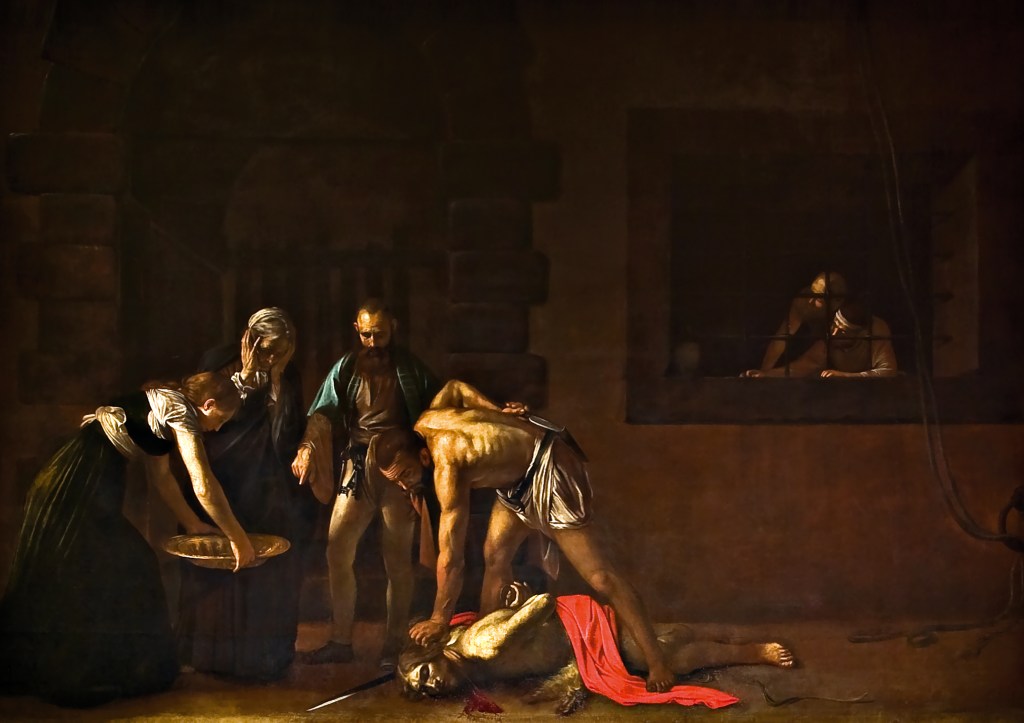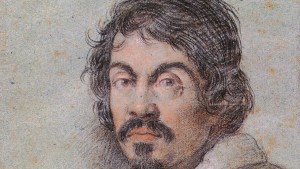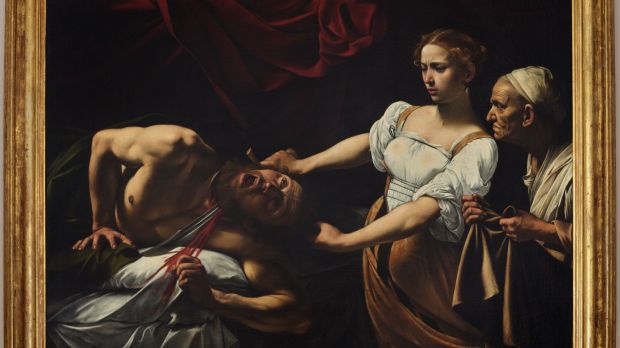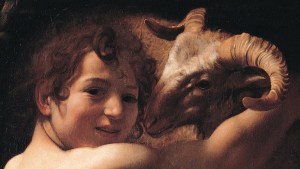The Minneapolis Institute of Art (MIA) recently announced a much expected collaboration with the Palazzo Barberini in Rome. The two museums agreed to a historical loan exchange of two masterpieces – one that will provide visitors in Minneapolis and in Rome with the opportunity to see two major works. The Palazzo Barberini will be borrowing MIA’s Death of Germanicus by Nicholas Poussin, and will loan Caravaggio’s Judith and Holofernes.
Caravaggio finished this painting in 1599. It depicts the story of Judith saving her people from subjugation. In the biblical text (part of the Catholic and Orthodox Old Testament canons, but not part of the Hebrew Bible and considered apocryphal by Protestants), Judith is a Jewish widow who murders the Assyrian general Holofernes to save her town from being invaded and raided. When Holofernes sieges the city of Bethulia, Judith seduces the general and murders him in his sleep. The assassination gives the Israelites the advantage they need to defeat the Assyrians.

This painting will be the centerpiece of an exhibition featuring 14 additional works from MIA’s collection that depict the same narrative. By so doing, the museum wants to provide visitors with different artists’ perspectives on this biblical story.
While the MIA exhibition opens April 20, Poussin’s Death of Germanicus will join an exhibition at the Palazzo Barberini, celebrating the 400th anniversary of Maffeo Barberini’s election to the papacy as Urban VIII.
The Barberini family played an exceptional role of as patrons of the arts. In fact, Poussin’s Death of Germanicus was commissioned by Cardinal Francesco Barberini, and the painting remained in property of the Barberini family until 1958, when the Minneapolis Institute of Art purchased it. In fact, the musuem has also acquired four other artworks that had been part of the Barberini family collections: The Archangel Michael by Cavaliere d’Arpino, Jacob Wrestling with the Angel by Cristoforo Roncalli, The Expulsion of Adam and Eve from Paradise by Domenico Passignano, and The Crucified Christ Triumphant over Death, Evil, and Sin by Paolo Guidotti.
You can learn more about the exhibition and the Minneapolis Institute of Art here.



